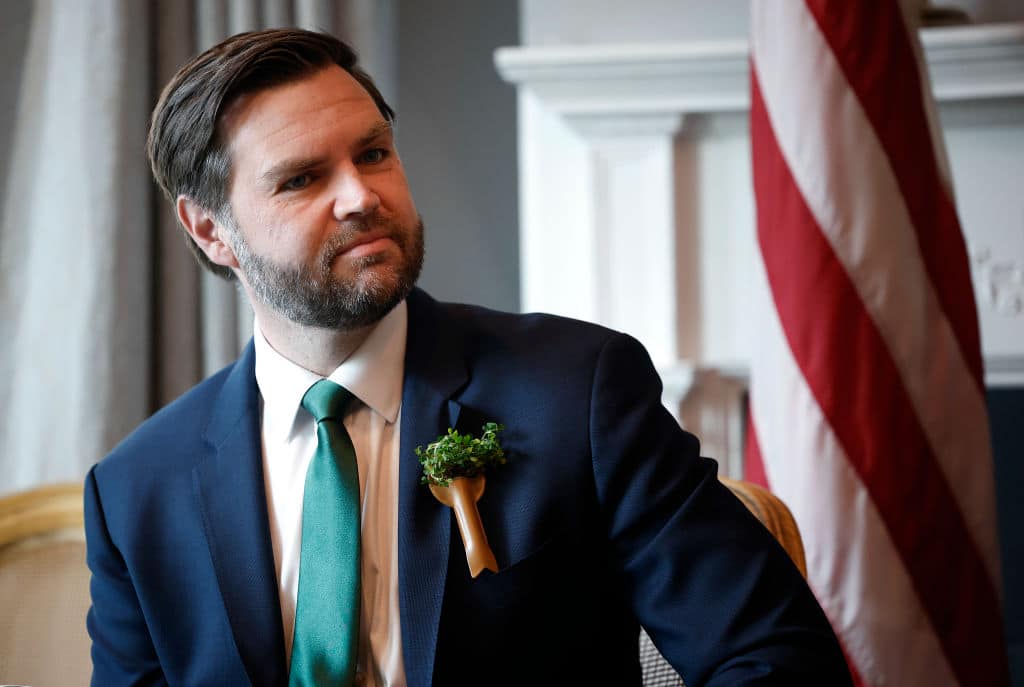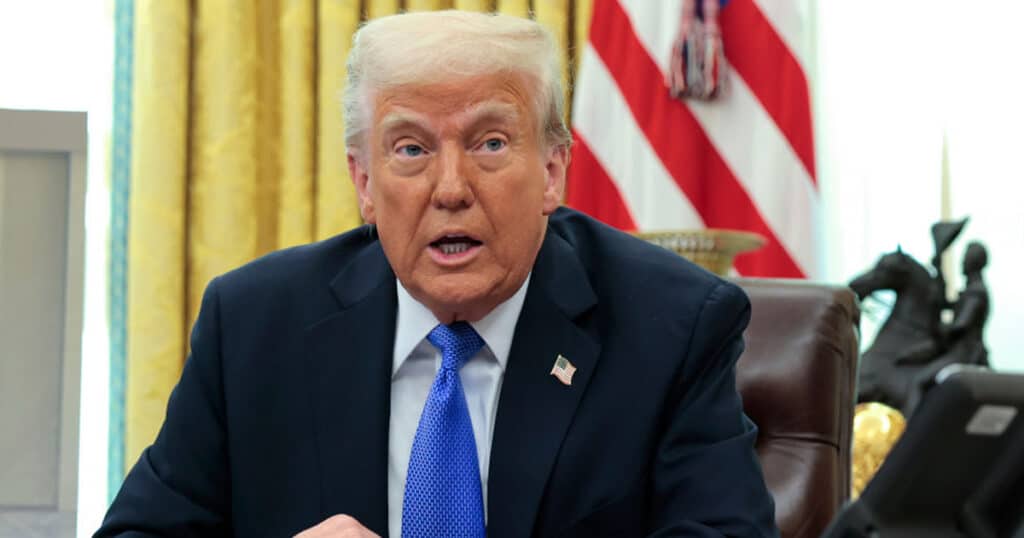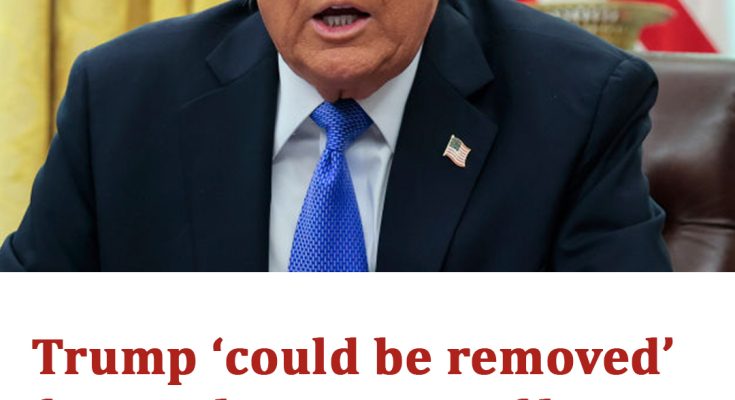In recent weeks, the White House has been engulfed in a wave of controversy, much of it centered not on external threats or political opponents, but rather on what appears to be an intensifying internal power struggle. Just under 100 days into Donald Trump’s second term, his administration is already facing questions about its cohesion, direction, and the possibility of a fracture from within — with Vice President JD Vance emerging as a surprisingly pivotal figure in this unfolding political drama.
A series of leaked messages from a private Signal chat group has added fuel to the fire. These messages — some allegedly directed to journalist Jeffrey Goldberg — exposed subtle but sharp criticisms of the president’s decisions. The most notable came from none other than JD Vance, who reportedly expressed concerns about Trump’s contradictory foreign policy stance, specifically regarding military action in the Red Sea region. Vance’s comments weren’t inflammatory, but they were enough to spark speculation about his true loyalty — and whether he might be positioning himself for a larger role.
Political analyst Adam Boulton has weighed in on this development, suggesting that Trump’s greatest threat may not be Democrats or the media, but his own Vice President. In his column for The i, Boulton highlighted Trump’s unpredictable behavior — from rebranding geographic landmarks to levying tariffs against close allies, and even halting foreign aid — as actions that could eventually alienate members of his own party. If Trump becomes too volatile, some Republicans may look to Vance, a younger, more composed figure with fewer personal scandals, as a viable alternative.

Vance’s trajectory has been particularly fascinating. Once a vocal critic of Trump — infamously comparing him to “America’s Hitler” — he has since transformed into one of Trump’s most vocal supporters. That evolution has brought him power, but also scrutiny. Some within the conservative movement see his political flexibility as pragmatic. Others worry that it reveals a deeper ideological inconsistency.
In the broader context, these developments come at a time of growing concern about the strength of democratic norms in the United States. Analysts like Staffan Lindberg from V-Dem warn that the country may be inching away from democratic principles under Trump’s leadership, while commentators like Tara Setmayer argue that the media and political elites are failing to sound the alarm loudly enough. The administration’s behavior — from barring foreign scientists at the border for their private views to issuing sweeping executive orders — adds urgency to these warnings.

There are, of course, constitutional mechanisms for removing a president if the situation deteriorates. Impeachment is the most well-known, though Trump survived it twice already. The 25th Amendment presents another path, allowing the Vice President and a majority of the cabinet to declare the president unfit for office — a measure that would lead to congressional review and, with a two-thirds vote in both houses, permanent removal. Lastly, there’s the Nixon precedent: mounting political pressure leading to resignation, though with Trump’s track record, that scenario remains speculative at best.
Should Trump’s presidency falter under the weight of its internal conflicts, JD Vance could find himself in the most powerful office in the world. But questions linger about how different — or similar — a Vance administration might be. While he presents a more composed image and enjoys broad support within parts of the GOP, his alignment with Trump’s ideology and his apparent willingness to change positions raise doubts about how independently he would govern.
Ultimately, the White House remains a place of instability and intrigue. As Trump continues to govern with characteristic bravado, the quiet calculation from those around him — especially JD Vance — grows harder to ignore. Whether this dynamic results in unity, fracture, or an outright transfer of power remains to be seen. But one thing is certain: the true test of this administration’s durability is only just beginning.


 SHOCK:.> TV Host’s On-Air Slip Leaves Viewers Stunned – Fired for Revealing Too Much LIVE!
SHOCK:.> TV Host’s On-Air Slip Leaves Viewers Stunned – Fired for Revealing Too Much LIVE! 

 Natural beauty never fades—it only blossoms. Do you recognize this cinematic icon?
Natural beauty never fades—it only blossoms. Do you recognize this cinematic icon?